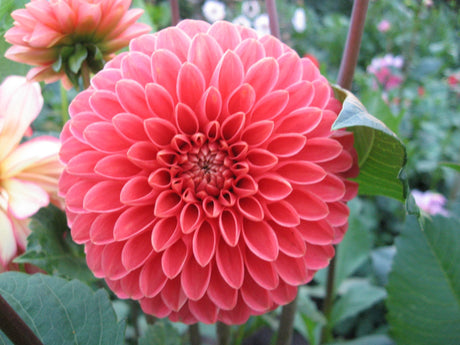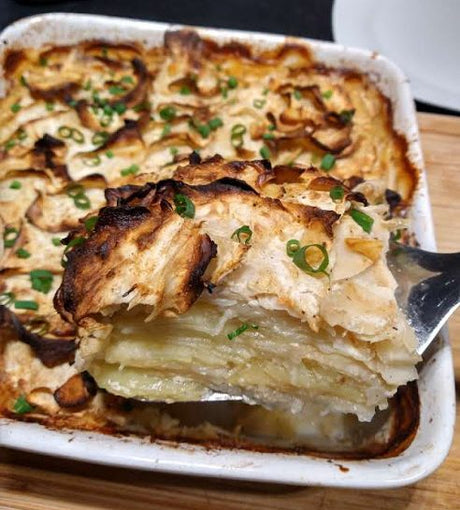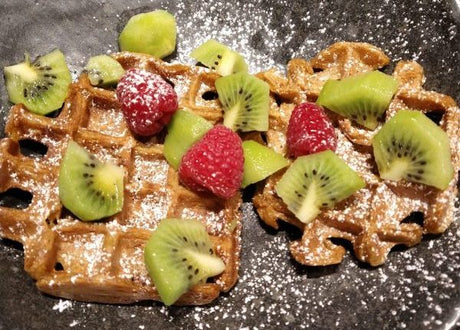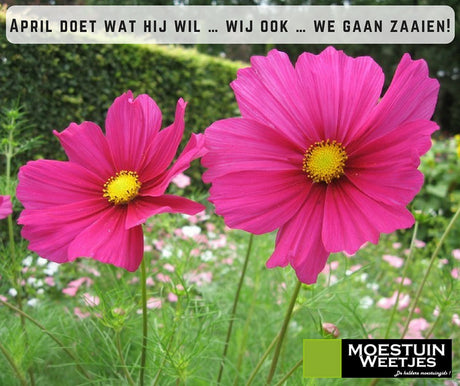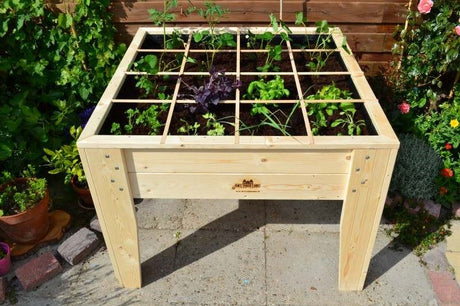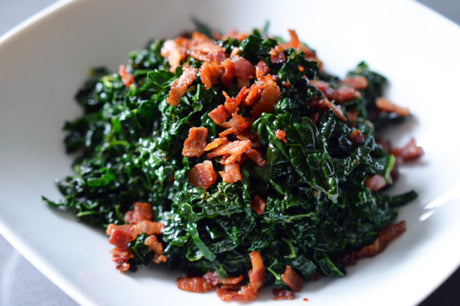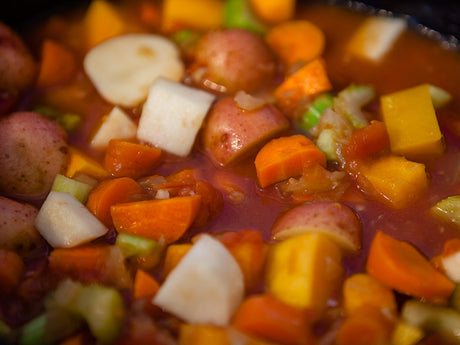Frost in the vegetable garden... Which vegetables, why and what now?
Frost in the vegetable garden. We are not talking about Willem-Alexander or Filip here. These two monarchs leave our vegetables alone (for the time being). We are indeed talking about temperatures below freezing. I myself fell victim to frost in the vegetable garden 2 days ago with two crops. Under the thermometer hut it was measured -3.3°C. I had nevertheless put all my peppers , bell peppers , courgettes , basil and all other vegetables in the garage. They are protected there. But as an impatient vegetable gardener I had also already planted two pepper plants in the open ground in the greenhouse . A red and a yellow (block) pepper from Moestuinweetjes. The yellow one is very damaged and will probably have to be replaced by one that is still in pots. The red one is no good. The yellow one was also a bit closer to the window, maybe that is why?
And when I saw my potato field this morning, I saw that the 5 to 10 cm high foliage of my Frieslander potatoes was completely limp and had suffered greatly from the frost in the vegetable garden. Fortunately, I saw encouraging comments in the Fac Ebook Group Vegetable Garden. My Vegetable Garden Facts colleague Peter also reassured me in his Limburgish: "They will come 'deuj'". No disaster, but with some fleece I would now still have a cheerful yellow pepper plant and 7 meters of cheerful Frieslanders . It is not yet May 15 ( Ice Saints ) so to be on the safe side I looked up some information about frost resistance of crops and tools.

Frost tolerance of vegetables
In early spring you really have to keep an eye on things, I look at the 2, 5 and 14 day forecast of
Weeronline.nl for my region. You can fill in your own municipality or city and you can estimate well when you should sound the frost alarm. Is this site 100% reliable? I fear not. For the day before yesterday (when my
pepper plant and the
Frieslanders came under 'fire') the site indicated -2°C, it became -3.3°C. The site was not that far off. Also at the end of autumn you have to keep a close eye on this site or the frost in the vegetable garden will run away with your last vegetables.

Weather forecast in my area
What is frost resistance?
Frost resistance is the ability of a plant to survive temperatures below 0°C without damage. When air cools, dew forms on all surfaces exposed to that air. When the air is below 0°C, ice crystals form. We speak of light frost between 0°C and -2°C, below -2°C we speak of hard frost and below -4°C is very dangerous territory for most vegetables.

Why are some plants more resistant to frost than others?
Frost or freeze damage occurs when the water in the cells of the plants expands. Everyone has experienced it. A bottle of water or wine is left in the freezer and boom! It is a bit the same principle with vegetables. But that does not explain why some plants are more frost resistant than others. The reason lies in the composition of the water that is stored in the plant cells. Vegetables that do well in the cold or frost are vegetables that naturally produce a lot of sugars. That sugar is also in the moisture of the plant cells. Sugar water freezes at much lower temperatures than normal water. And that is the reason why my
pepper plant is now brown and dead and my
cauliflower stands proudly upright as if nothing happened. Ever heard that
celeriac and
parsnips taste better after the first frost outside? This is because the plant defends itself by producing a shot of sugar when it gets too cold for them. And that sugar makes the vegetables tastier.

In addition to sugar, smaller,
lower varieties can benefit more from the heat that the soil has stored during the day and releases at night. Another rule: a
mature plant can withstand frost better than young plants.
Healthy plants in good soil also succumb less quickly than thin, weaker plants.
Humidity can also help protect your plants. Humidity retains heat and insulates the air. That is why clear nights are also the coldest.
You can buy
seeds in all vegetables that are better suited for cold temperatures. You have the
Meikonigin in lettuce, the
Berlikum in
carrots , the
cauliflower Walcheren , ... These are varieties that meet the above criteria (produce sugar, lower varieties, ...).
Ensiling
Crops that can withstand frost can easily be put back in the ground after harvest with some soil left over. Think of
beetroot ,
carrots ,
leek ,
radishes or
parsnips . You can dig them up when you need them. Be careful though, when it gets warmer they will shoot up again and lose their flavour.

A list of vegetables and their frost tolerance
(additions are welcome below this article)
Damaged by light frost in the vegetable garden (down to -2°C):
Beans ,
Corn ,
Cucumber ,
Eggplant ,
Melon ,
Okra ,
Peppers ,
Paprika ,
New Zealand Spinach ,
Pumpkin ,
Tomato ,
Pineapple Cherry ,
Watermelon ,
Courgette . Note that the fruits tolerate light frost slightly better than the plant. The fruits can tolerate up to 2 times light frost.
Can withstand light frost in the vegetable garden (down to -2°C):
Artichoke ,
Pak Soy ,
Cauliflower ,
Celery ,
Chinese Cabbage ,
Garden Peas ,
Broad Beans and
Radicchio .
Can withstand hard frost in the vegetable garden (less than -4°C):
Broccoli , Brussels
sprouts ,
Beetroot ,
White and
red cabbage,
Carrots ,
Chard ,
Endive ,
Chicory ,
Kale ,
Kohlrabi ,
Leek , Lettuce (but not all types), Lamb's
lettuce ,
Onions ,
Parsley ,
Parsnips ,
Radishes ,
Spring onion , Sorrel,
Spinach and
Turnip
An easy way to protect your crops from frost is with
fleece . You can find it on this site in a width of 2.4 meters and you can choose your own length. On our site you can
order vegetable garden plants to replace your damaged plants. Some are dead ... no, that is not the motivation and reason for this article. Hopefully the frost will stay away and we can enjoy a carefree vegetable garden year 2017.

Have fun with your vegetable garden! Tom
 My yellow (left) and red bell peppers .
My yellow (left) and red bell peppers . Weather forecast in my area
Weather forecast in my area
 In addition to sugar, smaller, lower varieties can benefit more from the heat that the soil has stored during the day and releases at night. Another rule: a mature plant can withstand frost better than young plants. Healthy plants in good soil also succumb less quickly than thin, weaker plants. Humidity can also help protect your plants. Humidity retains heat and insulates the air. That is why clear nights are also the coldest.
You can buy seeds in all vegetables that are better suited for cold temperatures. You have the Meikonigin in lettuce, the Berlikum in carrots , the cauliflower Walcheren , ... These are varieties that meet the above criteria (produce sugar, lower varieties, ...).
In addition to sugar, smaller, lower varieties can benefit more from the heat that the soil has stored during the day and releases at night. Another rule: a mature plant can withstand frost better than young plants. Healthy plants in good soil also succumb less quickly than thin, weaker plants. Humidity can also help protect your plants. Humidity retains heat and insulates the air. That is why clear nights are also the coldest.
You can buy seeds in all vegetables that are better suited for cold temperatures. You have the Meikonigin in lettuce, the Berlikum in carrots , the cauliflower Walcheren , ... These are varieties that meet the above criteria (produce sugar, lower varieties, ...).

 Have fun with your vegetable garden! Tom
Have fun with your vegetable garden! Tom





